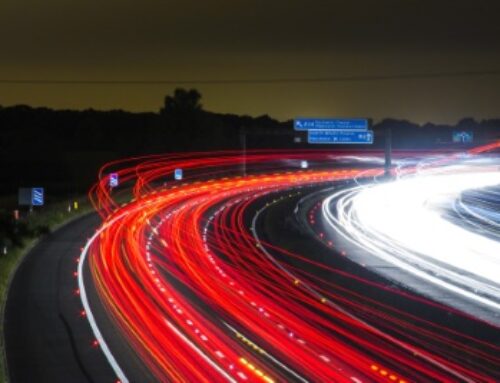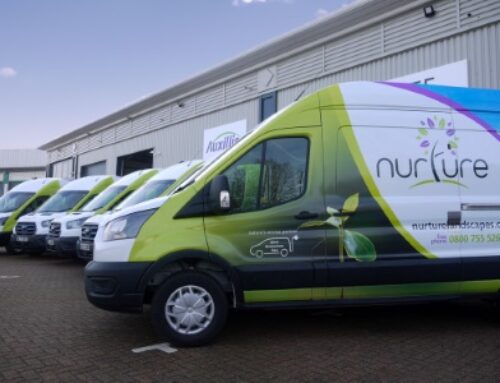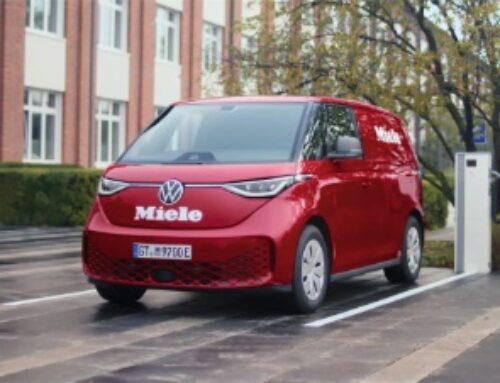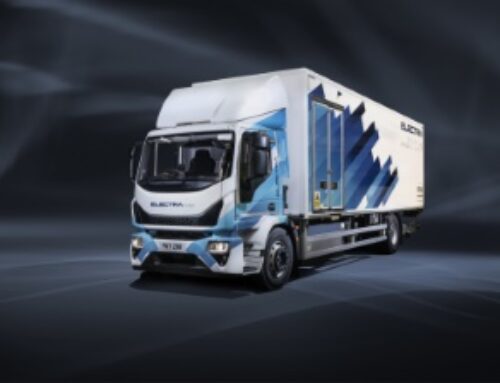Descartes: should vans adopt tachographs?
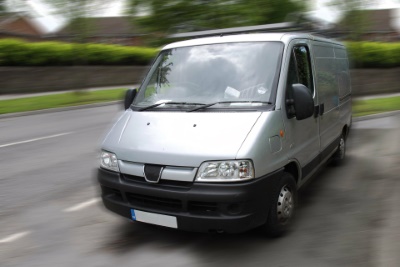 Compliance software provider Descartes has outlined its thoughts on whether the tachograph requirements applying to heavy goods vehicles should be extended to lighter commercials.
Compliance software provider Descartes has outlined its thoughts on whether the tachograph requirements applying to heavy goods vehicles should be extended to lighter commercials.
“Under current DVSA rules, all commercial vehicles over 3.5 tonnes used in the course of business must record their movements using a tachograph,” said Andrew Tavener, head of marketing, Fleet Solutions EMEA at Descartes.
“Currently, van drivers and those operating goods vehicles under 3.5 tonnes have some restrictions on drivers’ hours, but these are not as stringent as those applying to HGV drivers…
“In 2018, it was suggested that the laws on drivers’ hours may be extended to cover van drivers. This EU proposal was not well received in the UK and resulted in an unenthusiastic response from trade bodies.”
Andrew highlights some of the key arguments that had been made against the move, which included the cost of installing tachographs, the capability of small businesses to analyse tachograph data, and questions over whether government resources were sufficient to enforce the policy.
“The first consideration when bringing in any new legislation is of course cost, both to the government and those affected by the changes,” he continued.
“With the cost of fuel higher than ever and shortage of drivers (leading to higher wages), the margins for those operating goods vehicles of any size are getting even thinner.
“However, the burden to businesses in analysing and reporting on their tachograph data is minimal. Tachograph analysis Software as a Service solutions such as Smartanalysis do much of the work for busy transport managers with pre-installed, ‘frequently used’ compliance management reports ready to go from the outset.
“SmartAnalysis is also available as a cost-effective pre-pay subscription service.”
Any cost in implementing technology needs to be considered in the context of the potential savings it can offset, Andrew adds.
“According to Department of Transport statistics, accidents involving vans from 2010 to 2020 decreased by 19.6 per cent (12,866 in 2010 to 10,338 in 2020). When comparing this with other commercial vehicles, such as buses or coaches and HGVs… accidents involving vans haven’t reduced by anywhere near the same rate as other commercial vehicles, which come under the stricter regulations: both those categories of vehicle exceeded a reduction in accidents of more than 50 per cent.”
He continued: “These statistics show clearly that vans are causing more injuries and accidents than other commercial vehicles. Whilst the number of accidents isn’t rising, the reduction in accidents is not in line with other commercial vehicles or cars over the 10-year period.
“The increase in the number of vans on the road to meet the increased demand for home delivery from ecommerce over the past two years is also likely to have a negative impact on the above figures looking forward.”
 From 2026, the EU Mobility Package means that operators of some LGVs will require tachographs if used to transport goods on international journeys, but so far this will not apply to those used only domestically in the UK.
From 2026, the EU Mobility Package means that operators of some LGVs will require tachographs if used to transport goods on international journeys, but so far this will not apply to those used only domestically in the UK.
If tachographs were to be implemented in the UK for vehicles up to 3.5 tonnes, Andrew suggests that it: “would be a concern for both drivers and operators if existing drivers’ hours were to be reduced.”
He continued: “That said, with calls of concern for driver conditions in LGVs, the introduction of stricter drivers’ hours rules could bring in a more standardised and fitting working environment for drivers, helping to recruit and retain more drivers in an industry which, as we all know, faces a large deficit of drivers.
“With regard to accidents and incidents, the result of implementing tighter drivers’ hours and tachograph technology, the data for other vehicle classes suggests that drivers who come under drivers’ hours rules have had a larger reduction in accidents and injuries.
“The argument for this is that it would bring down the number of road traffic accidents, make non-compliant operators more visible for fines and prohibitions – thereby saving both compliant operators (and the public purse) cost and promoting best practice in road safety.
He concluded: “Adding tachographs to vans and making adherence to drivers’ hour rules a legal requirement can only improve road safety for the van operator and all road users. Moreover, this should not be seen as a burden for the van operator as modern SaaS tachograph analysis software such as Descartes SmartAnalysis is highly cost effective, easy to implement and report upon – and ultimately, will save van operators time and money.”







